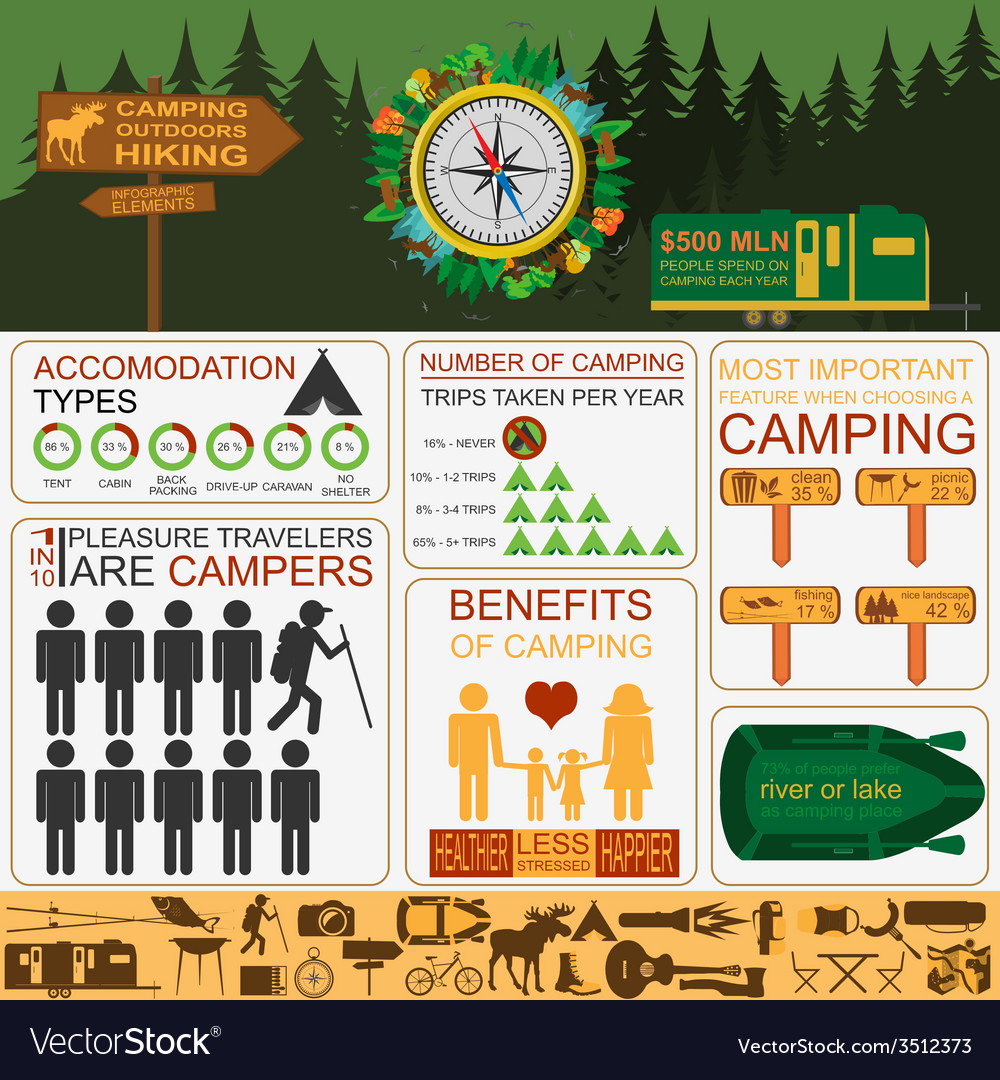The stability of a tent depends heavily on well-tightened individual lines, which boost the structure's ability to resist wind and other external pressures. They additionally promote ventilation within the shelter, which can make a substantial distinction in camping convenience and safety and security.
Guy lines are commonly made from sturdy, lightweight products like nylon and polyester. Many are likewise reflective to stop campers from tripping over them in low-light conditions.
Beginnings
While the exact beginning of individual lines is uncertain, the principle is timeless. Its roots can be mapped back to the French word "guie," which at some point came to be the Dutch term, "gei.".
Individual lines are cord, cord, or rope utilized to maintain structures like camping tents and masts by attaching one end to the structure and securing the other end to the ground or other set point. They give extra support past the capability of tent posts and stakes, specifically in windy settings.
Along with giving extra security, man lines contribute in advertising proper outdoor tents ventilation. By facilitating the splitting up of a tent's rainfall fly from the inner outdoor tents body, they enable air to circulate easily throughout the structure, lowering condensation and protecting convenience for campers. They're likewise very easy to adjust, allowing individuals to tweak their stress according to the details problems in which they're camping.
Features.
Using strong cable and tensioners, guy lines anchor the corners and sides of a tent or tarp for stability and support in numerous climate condition. Keeping them taut reduces material sagging, enhances living area and total sanctuary efficiency. They additionally disperse snow or rainfall from gathering and possibly harming the product.
Most tents feature person line loopholes situated around the base and midway up the fly along the post joints to attain these functions. They additionally increase the structural integrity of non-freestanding camping tents by distributing weight far from the outdoor tents body, which can be specifically prone to gusty atmospheres.
A trustworthy knot is necessary for safeguarding the guy lines to the anchor points; a bowline or clove hitch are perfect options as they're both strong, quick to link and permit adjustability. The correct stress is very important; the lines must be limited sufficient to produce a taut structure yet not so limited that they're stressing or pulling on the add-on factors.
Materials.
Generally made from a material like nylon or polyester, today's individual lines are usually created from ultra-high-density polyethylene (UHMWPE). UHMWPE is a long lasting, high-tenacity fiber that is both water and UV-resistant. This makes it optimal for outside use, as it will certainly not break down or lose its strength when exposed to dampness and extreme UV rays.
Furthermore, it is naturally abrasion-resistant and can handle incredible quantities of tension. It is essential that a tent's individual lines have the ability to endure these forces in order to properly maintain and protect the shelter, specifically in gusty conditions.
Consequently, lots of contemporary outdoor and camping fanatics select to purchase outdoors tents that use UHMWPE guy lines. They can be conveniently anchored and connected to support points making use of a range of methods, consisting of hooks, ties, or loops. When done properly, a camping tent's guy line will certainly be taut and flawlessly positioned, giving necessary stability for the sanctuary. This is especially real for non-freestanding camping tents.
Installment.
If you discover that the roof of your outdoor tents or tarp isn't fairly taut, or there are sagging locations on its walls, you most likely haven't safeguarded the guy lines. Those cord-like ropes that affix to loops on your rainfly or external tent wall surface and stake right into the ground, guy lines are important for improving your outdoor camping experience by providing critical structural assistance.
They distribute the weight of the tent and tarpaulin across the structure, raising stability and protecting against sagging or damages due to unequal snow lots or winds. They likewise boost air-flow through the framework, reducing condensation and improving total outdoor camping comfort.
To connect your guy lines, you'll need to recognize the appropriate support factors on your shelter and after that safeguard them with a strong knot. Knots that use adjustability, such as a bowline or clove drawback, camping gear are chosen given that they allow you to fine-tune the rigidity of your individual line, maintaining a balance in between security and avoiding extreme pressure on the fabric.
